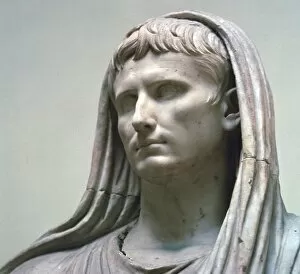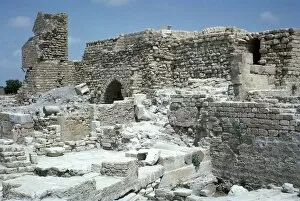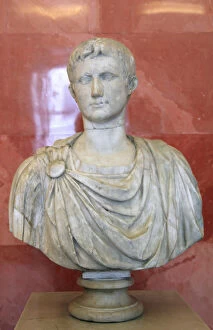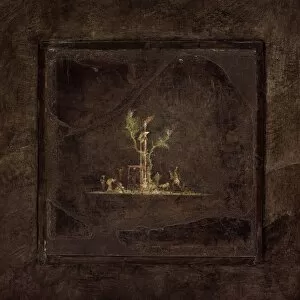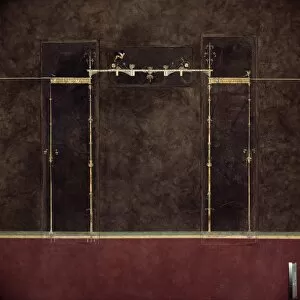Emperor Augustus Collection (page 3)
Emperor Augustus, also known as Octavian, was a prominent figure in ancient Rome from 27 BC to AD 14
All Professionally Made to Order for Quick Shipping
Emperor Augustus, also known as Octavian, was a prominent figure in ancient Rome from 27 BC to AD 14. His reign marked the beginning of the Roman Empire and he played a crucial role in shaping its destiny. One of the most iconic representations of the bronze head found in Meroe, Sudan. Created around 27-25 BC, this sculpture showcases his regal features and powerful presence. In an intriguing piece titled "Interview Between Octavian and Cleopatra, " we catch a glimpse into a pivotal moment in history. The year is 1890 and the creator remains unknown, but it depicts the meeting between these two influential leaders that would forever change their lives. Augustus' divine status is highlighted in another artwork where he is portrayed as Jupiter. This statue from the first half of the 1st century BC emphasizes his association with gods and reinforces his authority over Rome. The death of Augustus holds an air of mystery as well. In an anonymous creation from 1890, we see him departing this world surrounded by uncertainty about what lies beyond for such a powerful ruler. Religious themes are prevalent when discussing Emperor Augustus. Paris Bordone's painting "The Apparition of Sibyl to Caesar Augustus" takes us back to ancient times when supernatural encounters were believed to shape destinies. Egyptian influences can be seen through an intricate relief showing Emperor Augustus offering to Isis as Pharaoh during the first century AD. This demonstrates how diverse cultures influenced Roman rulership during this era. A fascinating depiction called "The Tiburtine Sibyl showing Emperor Augustus" reveals yet another religious encounter involving Christ child and Virgin Mary. Created around ca. 1530-40 by an anonymous artist, it portrays moments that shaped Christian beliefs within Roman society. Moving away from artistic representations, glimpses into ancient Rome itself offer insight into Emperor Augustus' realm.

